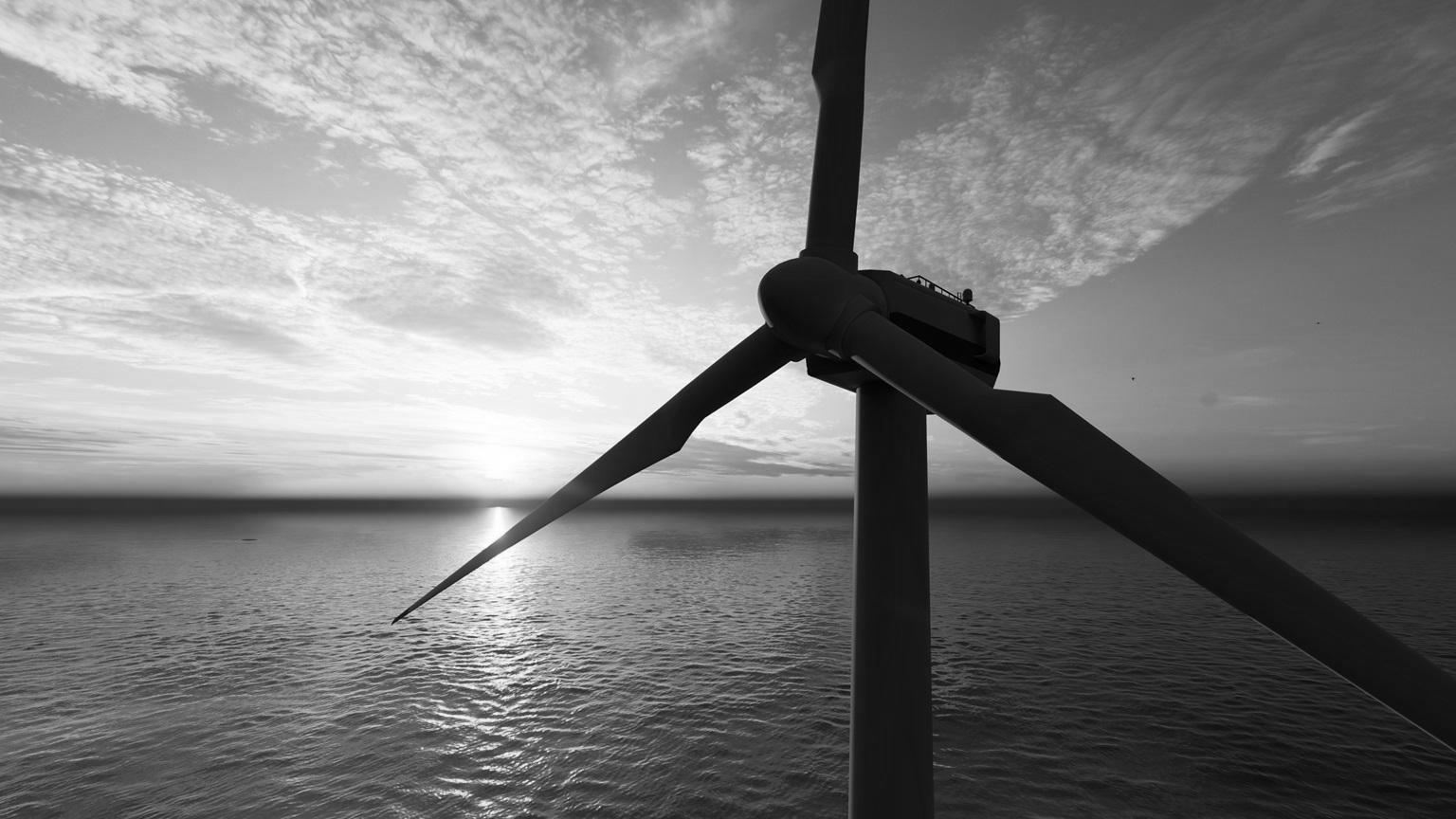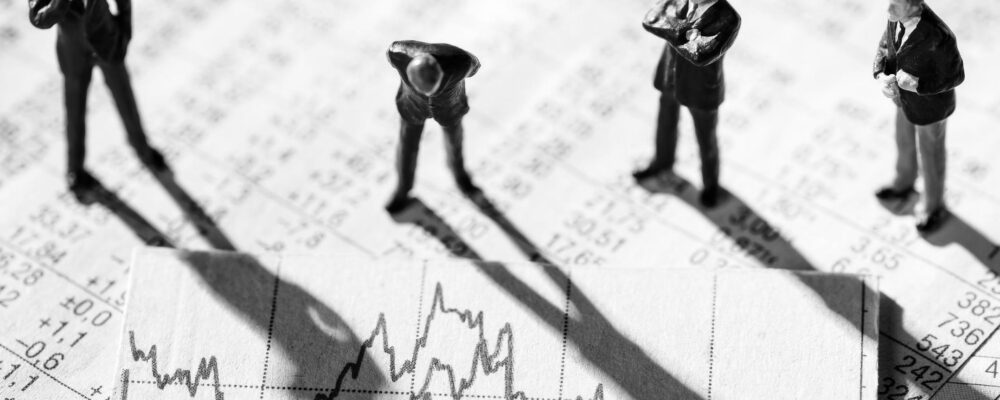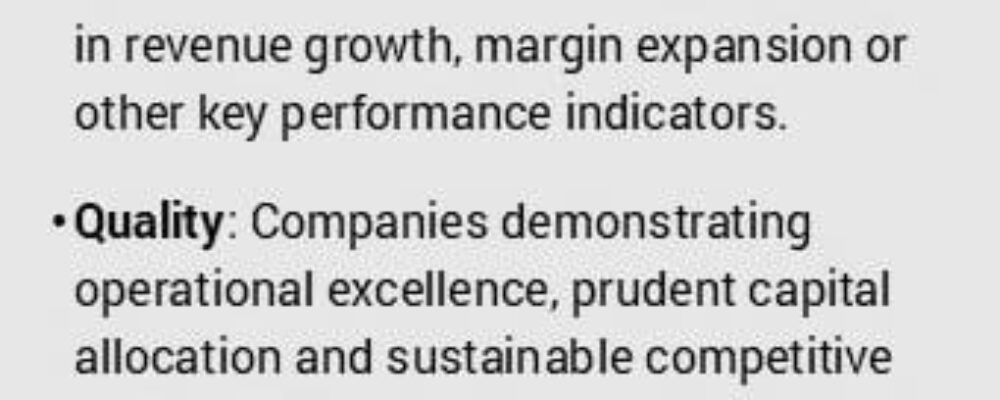
What our model shows
As energy companies continue to install bigger wind turbines further offshore in the name of maximising energy output, our results counter the conventional wisdom that associates larger turbines with higher efficiency and profitability. The findings shed light on the inherent trade-offs in turbine size and wind farm site selection on economic viability.
Our results reveal that the trend can in fact undermine the economic viability of wind farms. Specifically, we show that the relationship between profit and blade size and distance to the shore is an inverse U-shape. This means there are limits to the benefits of larger turbines and increased distance to the shore. Beyond an optimal point, the benefits will start to decline. Considering maintenance and end-of-life costs, alongside the reduction in offshore wind available downwind after passing through a turbine (i.e. wake loss), it can be optimal for turbines to be smaller and closer to the shore.
The model complements the engineering perspective by incorporating life-cycle thinking into decision-making, offering a strategic approach to optimise offshore wind projects and achieve both sustained economic viability and environmental sustainability.
Why pay attention to lifetime value
While harnessing offshore wind is a fairly recent development, existing structures are ageing. In Europe, where offshore wind development began in the early 1990s, several installations are reaching the end of their 20- to 25-year lifespan. By the mid-2020s, many of these turbines will need to be either repowered, dismantled or replaced.
For example, the Vindeby wind farm in Denmark, which was decommissioned in 2017, served as an early case study in the end-of-life management of an offshore wind farm, including dissembling turbines, removing foundations, cables and infrastructures and managing waste. But these first wind turbines are but a fraction of the size of those today, which can be made up of over 30,000 components. This means the costs and complexity of maintenance and decommissioning would have increased exponentially – and are too significant to ignore.
A case in point is how wind turbine operators such as Siemens Energy have incurred rising maintenance costs through 2023. After it announced an additional EUR1 billion expenditure on turbine maintenance, its shares plunged 30 percent. In practice, maintenance costs tend to be underestimated, even though they tend to increase over time. Decommissioning and maintenance costs, in fact, are typically set arbitrarily at a percentage of the cost of making the turbine, with little regard to the implications of building larger turbines situated farther offshore on capital and operational expenditures.
Capital expenditures include not only the costs of constructing turbines, but also the expenses associated with building robust offshore platforms, undersea cabling to connect far-flung turbines back to the grid and other marine logistics. In addition, the complexity and challenge of routine maintenance and repair work increase with the distance from the shore, which can drive up operational expenditures considerably.
Seeing the fuller picture
In the quest to accelerate the energy transition, governments are offering financial incentives such as subsidies, tax credits and grants for offshore wind projects, which have driven their phenomenal growth. The French government, for example, has implemented policies to encourage investment, including subsidies, tax exemptions and low-interest loans to offshore wind energy projects. It has also developed long-term power-purchase contracts and dedicated sites for developers, as well as facilitated R&D support programmes to improve offshore wind energy technology.
While governments rightfully should encourage the move towards more sustainable energy sources, our study reveals the dangers of short-termism and invites a more thorough understanding of lifetime economics and environmental impact. The over 8,800 abandoned “ghost wells” in Pennsylvania from the oil rush are a reminder to take a comprehensive view to ensure the sustainability and viability of energy projects in the long run.
More importantly, our work underscores the need for a nuanced, multifaceted approach to offshore wind farm planning and design. Sustainable development requires a long-term approach that considers all stakeholders, including the environment. The movement has started, with initiatives like the ZEBRA consortium in Europe seeking to design a 100-percent recyclable wind turbine blade, and the state of Colorado in the US mandating the removal of decommissioned wind turbines. More stringent environmental protection regulations are likely to push decommissioning costs up further in the future.
By balancing the maximisation of short-term energy output with broader considerations, wind farm designers and planners can create more sustainable and resilient projects that deliver long-term environmental and economic benefits.
“INSEAD, a contraction of “Institut Européen d’Administration des Affaires” is a non-profit graduate-only business school that maintains campuses in Europe, Asia, the Middle East, and North America.”
Please visit the firm link to site





